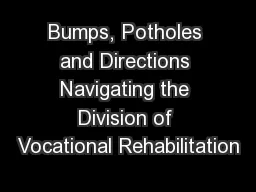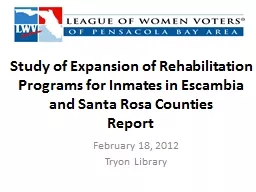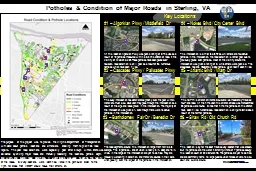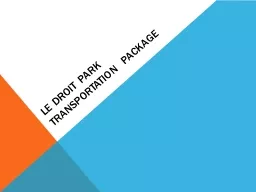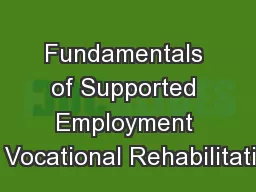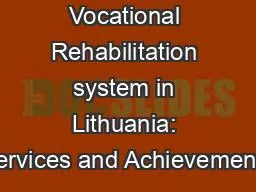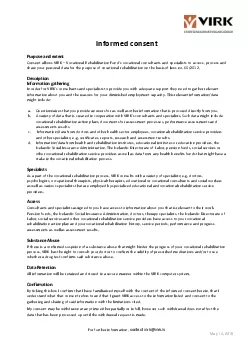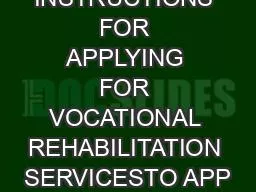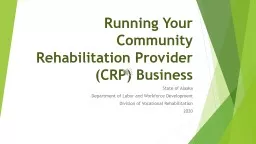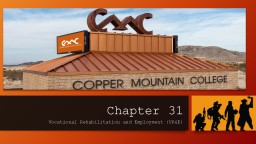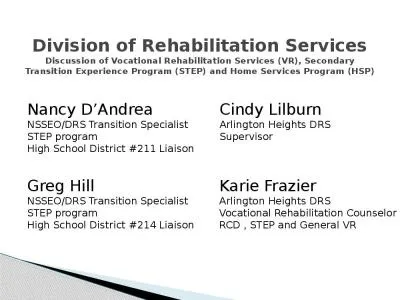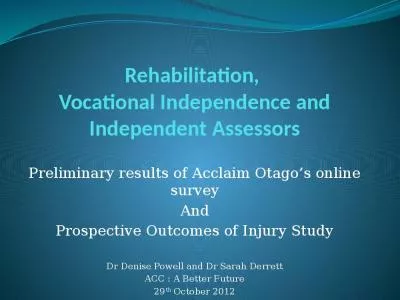PPT-Bumps, Potholes and Directions Navigating the Division of Vocational Rehabilitation
Author : tawny-fly | Published Date : 2018-09-20
Robin Bauknecht MA Manager ASPIRE Colorado ASPIRE Colorado Site Coordinator amp Cheryl Carver M A Youth Services and Transition Unit Manager Colorado Division
Presentation Embed Code
Download Presentation
Download Presentation The PPT/PDF document "Bumps, Potholes and Directions Navigatin..." is the property of its rightful owner. Permission is granted to download and print the materials on this website for personal, non-commercial use only, and to display it on your personal computer provided you do not modify the materials and that you retain all copyright notices contained in the materials. By downloading content from our website, you accept the terms of this agreement.
Bumps, Potholes and Directions Navigating the Division of Vocational Rehabilitation: Transcript
Download Rules Of Document
"Bumps, Potholes and Directions Navigating the Division of Vocational Rehabilitation"The content belongs to its owner. You may download and print it for personal use, without modification, and keep all copyright notices. By downloading, you agree to these terms.
Related Documents

